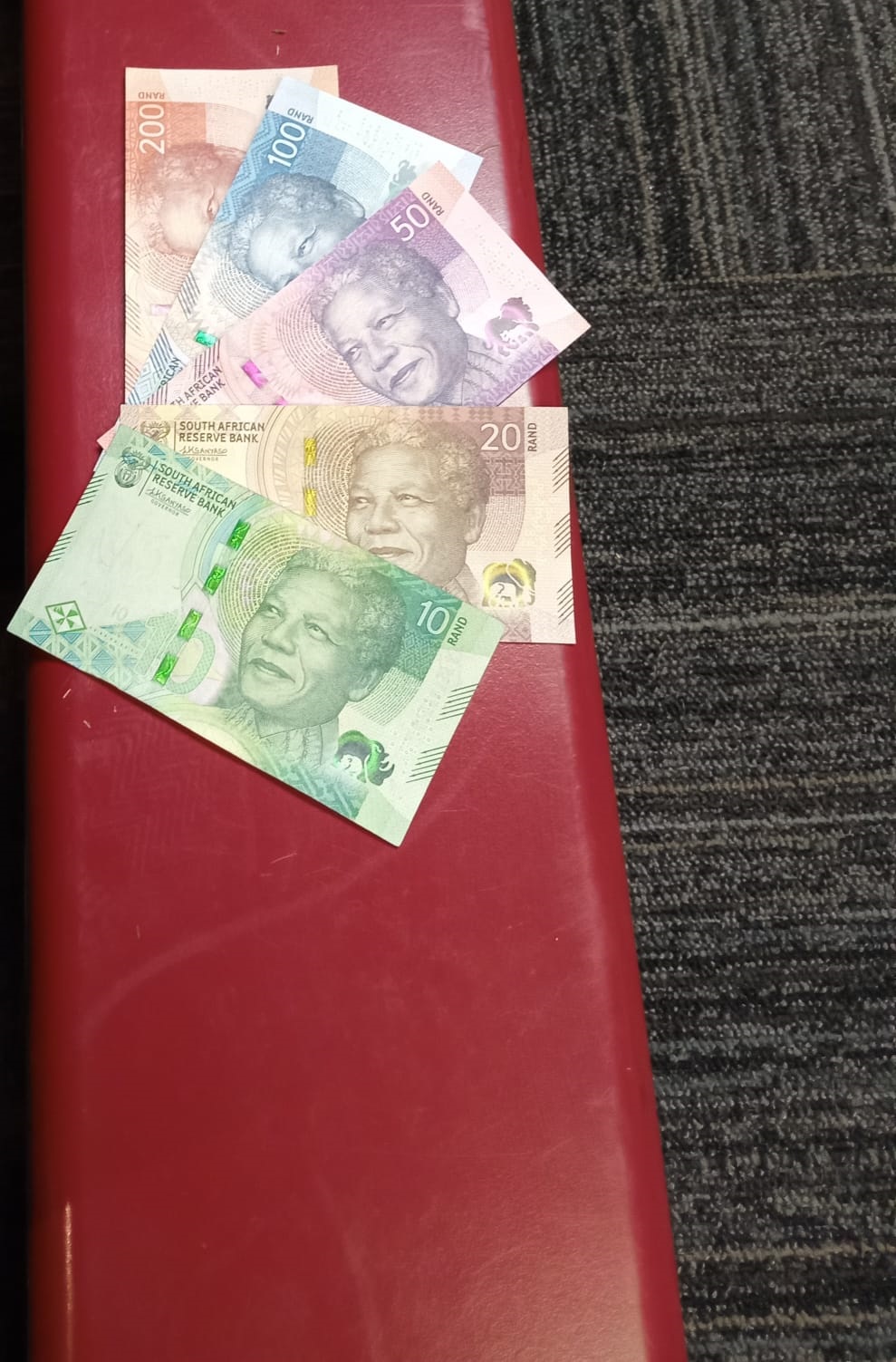Lineo Mahlomola
Upgraded South African Rands are now available in the market following the recent launch of the currency by the Central Bank of Lesotho (CBL).
Lesotho uses both the local currency, Loti and the South African Rand as legal tenders for economic transactions.
The upgraded rand started circulating within Lesotho’s economy from May 4 this year.
Speaking at last week’s launch, CBL governor Dr Maluke Letete saidis a legal tender in the Common Monetary Area (CMA), which includes, Eswatini, Lesotho, Namibia, and South Africa.
“The old banknotes are still in circulation, even when we have introduced the new banknotes, nobody is expected to refuse the old notes because it will be a crime to do so, and they can be arrestedâ€, Letete said.
He said there were machines in the banks that can determine if the money is real or fake, and advised the public to check whenever they have doubts about their banknotes.
Letete also told journalists that the new banknotes and coins were already available in the market, but indicated that they will be mostly available from June.
The new South African banknotes come after some Lesotho banks, retailers and members of the public suffered significant financial losses because of the discovery of tainted South African banknotes circulating in the country earlier this year.
Many Basotho were left stranded as businesses refused to accept all South African bank notes as legal tender, while others instead resorted to confiscating all South African banknotes tendered by prospective buyers claiming that they were tainted without any compensation in return.
At the time, the CBL said the dye-stained banknotes were believed to be resulting from a spate of riots which culminated in the bombings of many ATMs in KwaZulu-Natal Province, South Africa.
The CBL responded by releasing the following statement as confusion ensued in the market:
“The public is warned against accepting and using dye-stained/bleached Rand banknotes in circulation as a means of payment because this security ink renders them unusable and worthless. The public is also urged to remain vigilant while the Bank works tirelessly with the South African Reserve Bank (SARB) to find mitigating solutions to address the challenge.
“The public is notified that the bleached Rand banknotes will not be exchanged for value at the banks and Central Bank of Lesotho.â€
Letete yesterday said the new banknotes were not very different from the old ones. He said the new coins were lighter than the old ones.
The banknotes include all eleven official South African languages. The South African Reserve Bank (SARB) governor’s signature and the name of the bank are bolded.
Every note has a unique serial number; the horizontal colour of the serial number is red and the vertical colour is black.
The front side shows the South African code of arms and the back side shows the new designs. In some coins, there are plants, while others have birds and other animals.
Nelson Mandela’s face is on the front of all the banknotes, and on every right corner, there are five animals called the “big five†that appear on every note.
The R10 note has a rhino on the left-hand side, R20 has elephants, R50 has lions, R100 has buffalo and R200 has leopards.
The R10 and R20 notes have tactile marks on both sides of each note while R50, R100 and R200 are towards the edge on the bottom of the note.
There is a watermark on the left side of every note that has the big five on it. Also, the security thread will change in different colours when the note is moved slowly.




